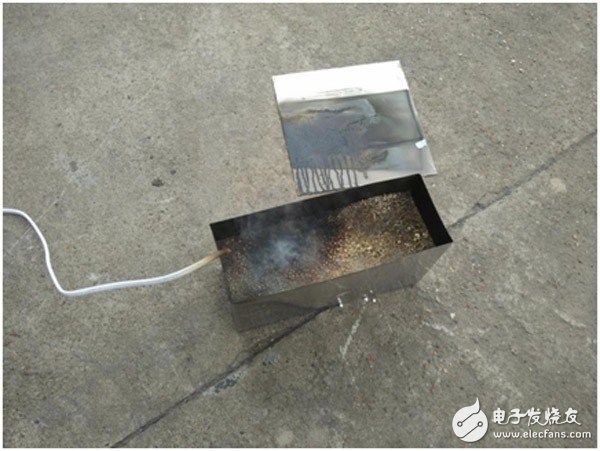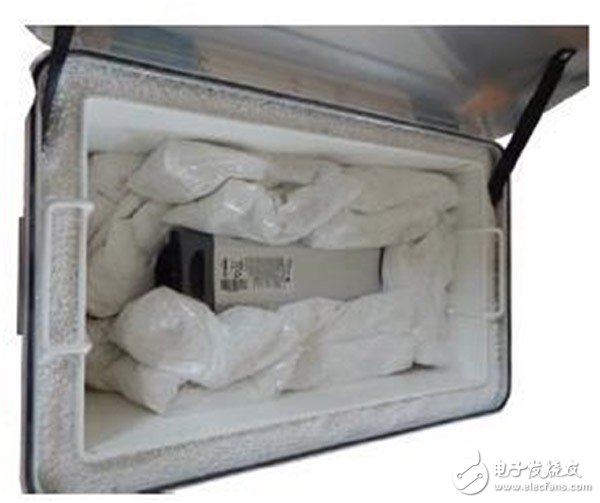Lithium batteries are generally classified into lithium metal batteries and lithium ion batteries. Lithium-ion batteries are more widely used because of their chargeability and high energy density. The safety of lithium-ion batteries is a bottleneck to inhibit the development of lithium-ion batteries and related industries such as new energy vehicles. The electrolyte inside the lithium-ion battery is a flammable liquid, and the electrode is a combustible material. The lithium battery is thermally out of control in the case of overcharging, short circuit, overheating, puncture or collision, and is easy to catch fire or even explode, because of mobile phones, electric bicycles or electric vehicles. Cases in which a battery fire caused a fire sometimes occurred.
The author has 20 years of experience in the fire protection industry and has extensive exchanges with domestic and foreign counterparts. Since 2012, he has studied the fire prevention of lithium-ion batteries for electric bicycles and electric vehicles. This paper shares several fire prevention solutions for lithium-ion batteries.
Introduction to lithium battery fire protection strategy
Lithium battery fire protection requires the establishment of multiple lines of defense with strategic depth. In addition to the use of non-flammable or non-combustible materials inside the battery to make the battery intrinsically safe, the first line of defense outside the battery is to prevent various causes of battery overheating, such as overcharge, short circuit, impact, etc. The electrical system needs to be designed safely.
When the first line of defense is broken (for example, the battery management system fails to cut off the charging power supply in time), the battery temperature rises, and the temperature sensor or gas, smoke detector, etc. in the monitoring system should promptly find the fault and alarm, reminding the work. Personnel handle failures and eliminate fire incentives. This is the second line of defense.
When the fault is not dealt with in time and the second line of defense is broken, the battery burning (smoldering) is unavoidable. At this time, the fire system needs to limit the combustion to the defective battery box (or box). It also isolates adjacent unfired batteries and equipment to prevent the fire from expanding (isolaTIon). Due to the extremely high temperature of the lithium ion battery after thermal runaway, the existing non-aqueous fire extinguishing agents such as gas and dry powder cannot quickly lower the battery temperature, and the fire extinguishing effect is not ideal. Therefore, setting the battery fire prevention target to controlled burn-down is a relatively realistic solution with strong technical economy. This is the third line of defense.
If the fire control failure expands and poses a serious threat to the safety of personnel, it is necessary to start a fixed water-based fire-extinguishing system installed in the vehicle or wait for the fire brigade to extinguish the fire.
In general, the first and second lines of defense are considered by battery manufacturers or electric vehicle manufacturers. As a fire protection professional, we can establish a solid third line of defense for our customers. We can customize the solution according to the specific model specifications of the battery. The components used in the program come from all over the world, not limited to a certain kind of equipment or materials.
Lithium battery fire prevention program example
This program draws on advanced foreign experience and is simple and easy to implement. The main component of the fireproofing material used is granular mineral, non-flammable, non-conductive, non-corrosive, safe and environmentally friendly, extremely light in weight, reliable in performance and reasonable in cost. It can be widely used in the fire prevention, storage, transportation and use of lithium batteries. Extinguishing. The following video is a test of the lithium battery fire protection program test process. After the lithium battery is burned by heating or overcharged heat, under the protection of fireproof particles, no open flame is generated, no explosion occurs, only white smoke emerges, so the fire caused by the burning of the lithium battery can be avoided.
Fire prevention principle: isolation of oxygen asphyxiation, endothermic cooling
Particle size: 1-4mm Particle density: 360kg/m3 Dry bulk Weight: 240kg/m3

Cover the battery with fire-resistant particles, only the smoke will appear when the battery is heated

Lithium battery transportation fire prevention program
In order to ensure the effect of fire control, a separate fire extinguishing tube can be installed in the battery case (or box). The fire extinguishing tube is thermally ruptured after the battery is on fire, and the fire extinguishing gas is automatically released, and the battery fire is extinguished.

1 time
Window._bd_share_config = { "common": { "bdSnsKey": {}, "bdText": "", "bdMini": "2", "bdMiniList": false, "bdPic": "", "bdStyle": " 0", "bdSize": "24" }, "share": {}, "image": { "viewList": ["qzone", "tsina", "tqq", "renren", "weixin"], "viewText": "Share to:", "viewSize": "16" }, "selectShare": { "bdContainerClass": null, "bdSelectMiniList": ["qzone", "tsina", "tqq", "renren" , "weixin"] } }; with (document) 0[(getElementsByTagName('head')[0] || body).appendChild(createElement('script')).src = 'http://bdimg.share. Baidu.com/static/api/js/share.js?v=89860593.js?cdnversion=' + ~(-new Date() / 36e5)];
Brushless Dc Servo Driver 3kw
Brushless Dc Driver,Brushless Dc Motor Driver,3 Phase Bldc Driver,Brushless Dc Servo Driver 3Kw
Jinan Keya Electron Science And Technology Co., Ltd. , https://www.keyaservo.com